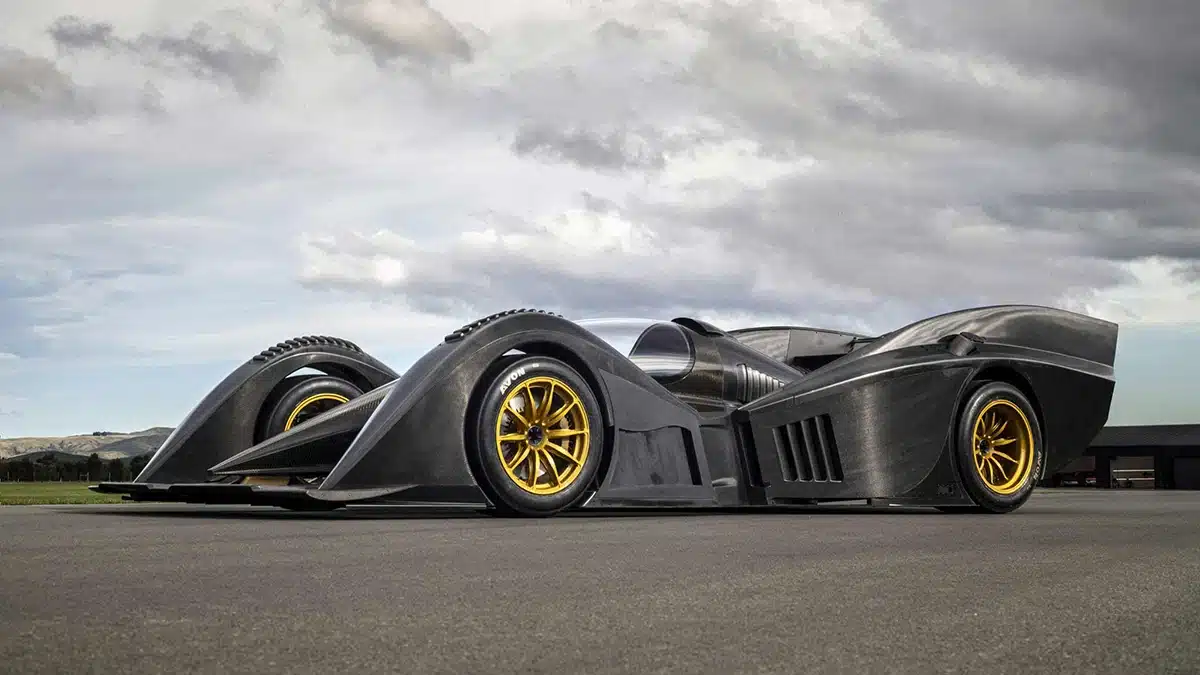Here’s how the crossover SUV is killing the car industry…
Everyone in America during the 50s and 60s wanted a big car. Adverts bragged about how their car was wider and longer than the competition. They claimed these big cars fitted with highly inefficient V6s were safe, luxurious and a great statement of wealth. Being European, this concept used to seem odd, some would even consider it laughable. Isn’t it funny how times change?
It hasn’t been until recently that us Europeans have joined our friends across the pond by sharing that same desire for oversized cars. Even though our roads and car parks are still small, our desires have grown and popularity for bigger cars has been growing at an alarming rate for many years now.
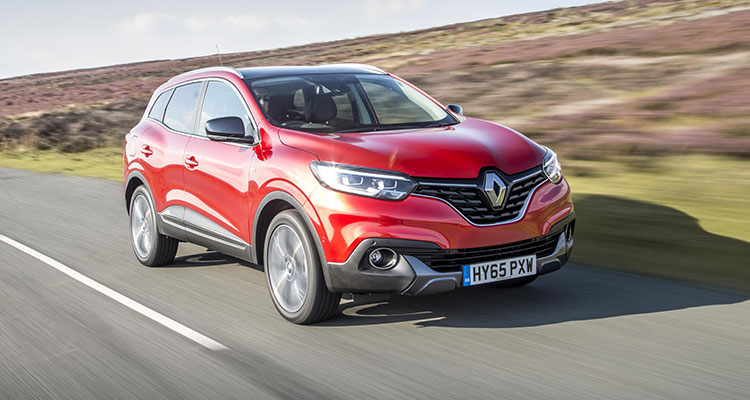
For example, the SUV market share grew from 31% in 2017 (Jan-Apr) to 37% in 2018 (Jan-Apr). What’s even more impressive about this is that the car market as a whole saw a decline of 8.8%, meaning that even though fewer cars were sold in total compared to the previous period, SUV sales still managed to see an increase.
So, it’s clear that SUVs and crossovers are taking over the UK like a rash but why exactly is that a bad thing? Well, let us explain…
Crossovers are a step backwards in many ways so it’s very unfortunate that popular manufacturers such as Toyota, BMW and Audi are focussing so much of their resources on producing them.
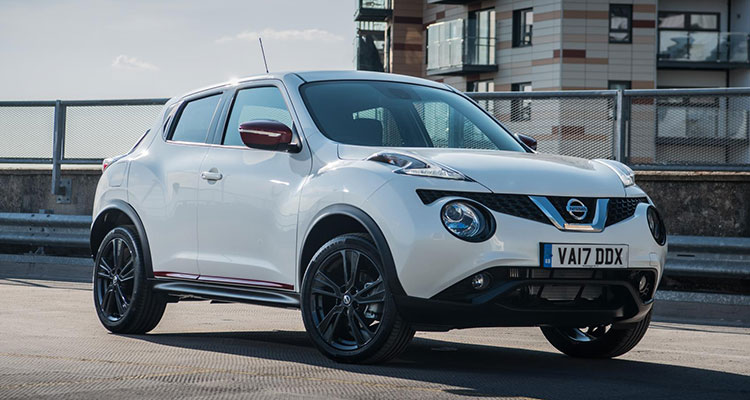
Crossovers are meant to offer the best of both worlds, with the comfort and safety of an SUV paired with the economy and style of a hatchback or a saloon. However, in reality, a crossover has no real strengths as it is a jack-of-all-trades, master of none.
A crossover does not specialise in AWD technology for off-road driving, nor does focus on fuel efficiency, aerodynamics, speed, luxury or affordability. What are crossovers contributing to the auto industry, you ask? High seating positions and inflated prices, it seems.
They’re heavier and have poor aerodynamics, meaning that the engines must be more powerful and that fuel efficiency will be poorer. Crossovers, though they may look like 4×4 SUVs, are built upon car chassis and mostly lack AWD making them useless in the snow or off-road.
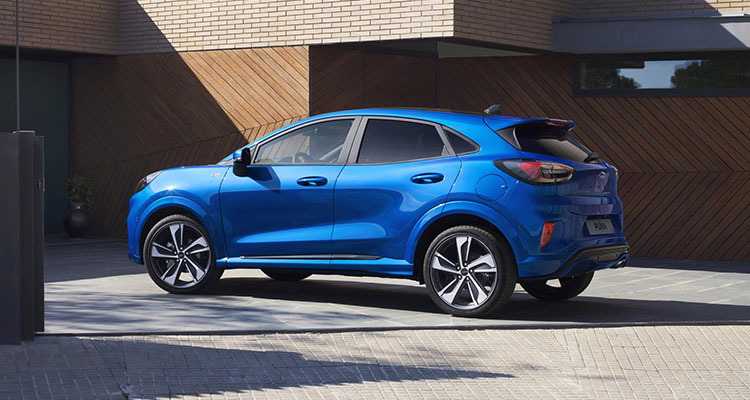
Furthermore, despite them looking bigger, many crossovers are actually not that spacious inside. If you wanted a large boot, you would be better off buying an estate and enjoy the benefit of a lower load height. The interior space for passengers isn’t usually great either, with hatchbacks such as the Ford Focus, Toyota Auris and Honda Civic having more space than most crossovers.
The advantages of owning one of these compact SUVs is really just boiled down to having superior ride height. Many would argue that the crossover is just one big compromise and is the pioneer of nothing and ultimately, they contribute nothing to the advances of the car industry.
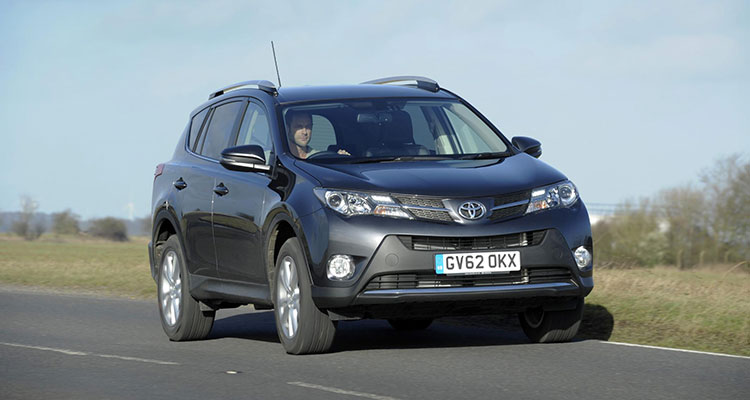
The crossover is not just higher than other non-SUV cars, but they are also wider. Wider, taller and sometimes longer, these cars are also not the best for urban driving. Tight turns, narrow roads and small parking spaces are all things that make owning one of these pompous machines a bit of a nightmare. Unfortunately, this nightmare is shared with every other driver that wishes to park their car in said car parks as we may find that space is no longer adequate thanks to the ginormous Toyota RAV4 parked next to it.
Most of the time, an oversized car comes with an oversized ego. Another one of the main selling points of a crossover SUV is that they look “flashy”. Just like in 1960’s America, the bigger the car, the better. Research carried out by OSV Ltd. found that 35% of participants would purchase or have purchased an SUV for the status symbol.
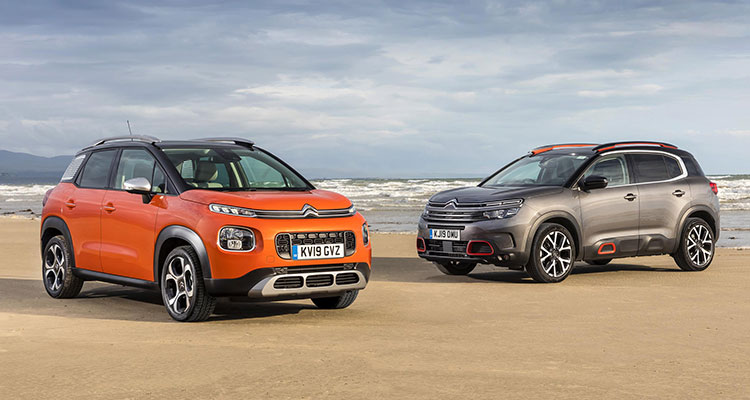
So, we know that SUVs are often bought for the status symbol and we also know that these cars have a rather high ride height. Put the two together and you could have an entitled driver on your hands who thinks they own the road. Interestingly, the same study also found that 54% of participants voted SUV drivers as the most annoying drivers on the road!
Crossovers are great to look at and maybe fun to drive but their influence on the car industry doesn’t appear to be very positive. It would be interesting to find out if our readers agree with us on this topic, so be sure to let us hear your thoughts in the comments!
For more articles like this, receive our weekly e-newsletter, including partner deals and all things motoring, register your email below.
Please note: You cannot subscribe to Smart-Motoring unless you put a tick in the checkbox below to indicate have read and agreed to our privacy policy.



